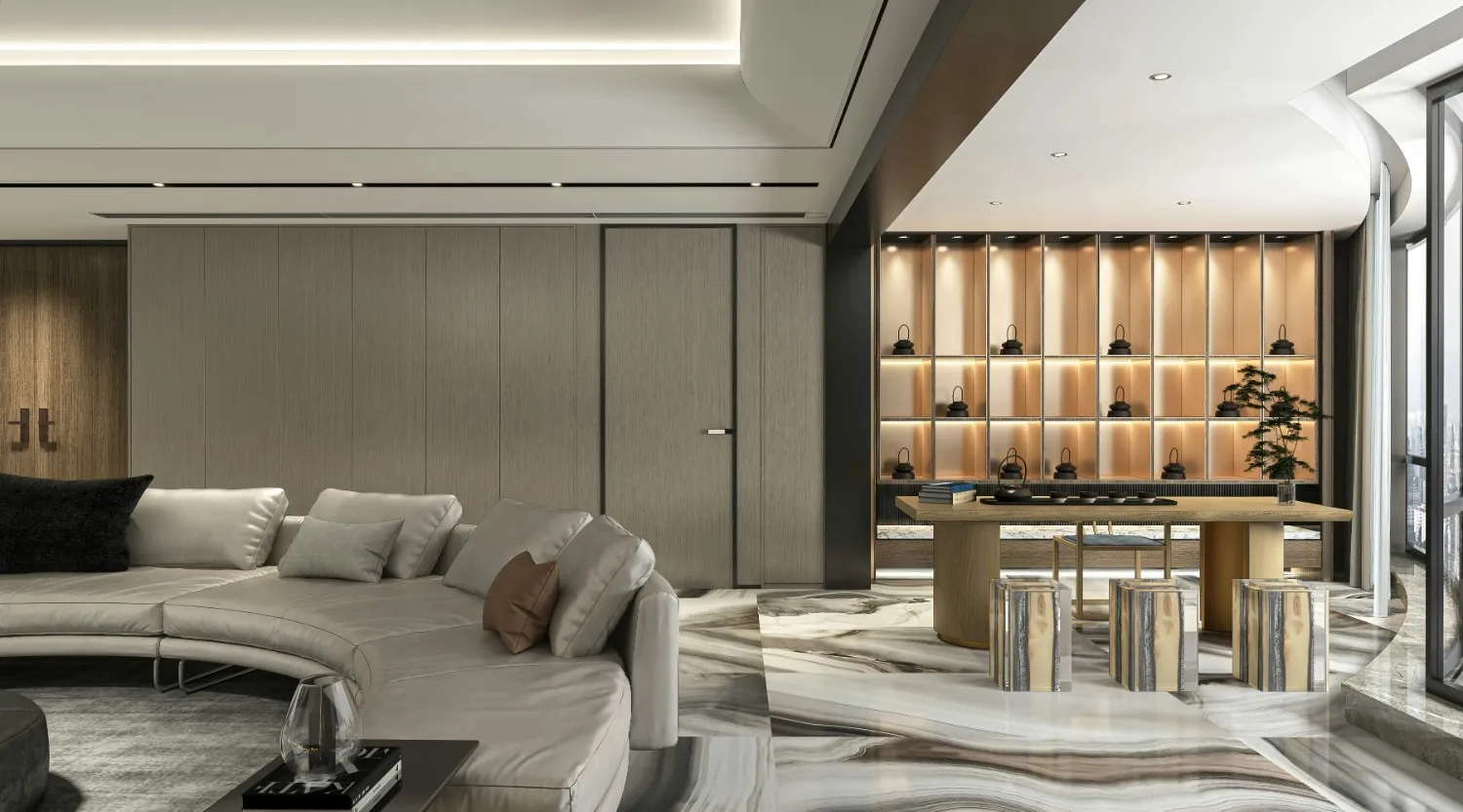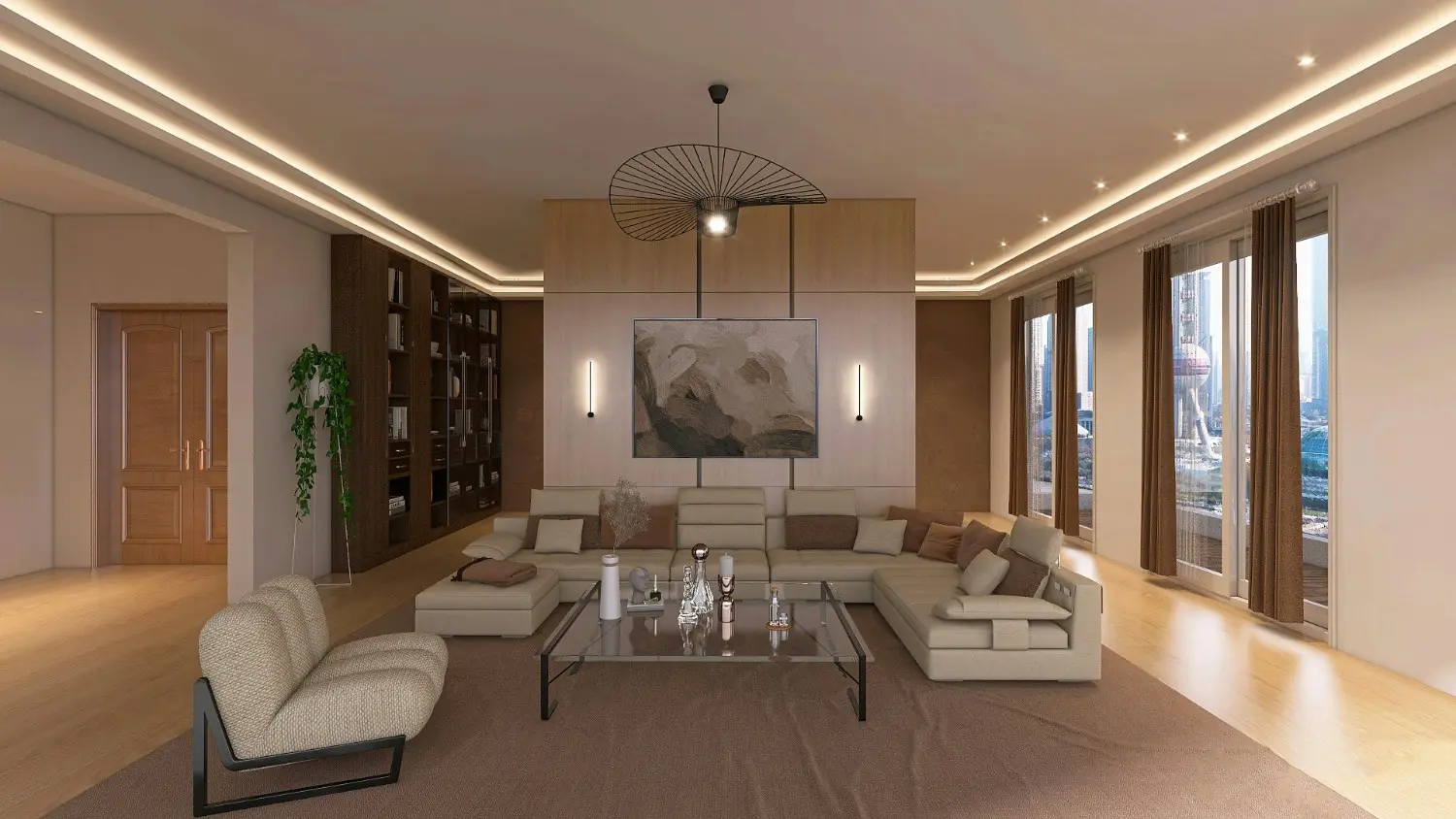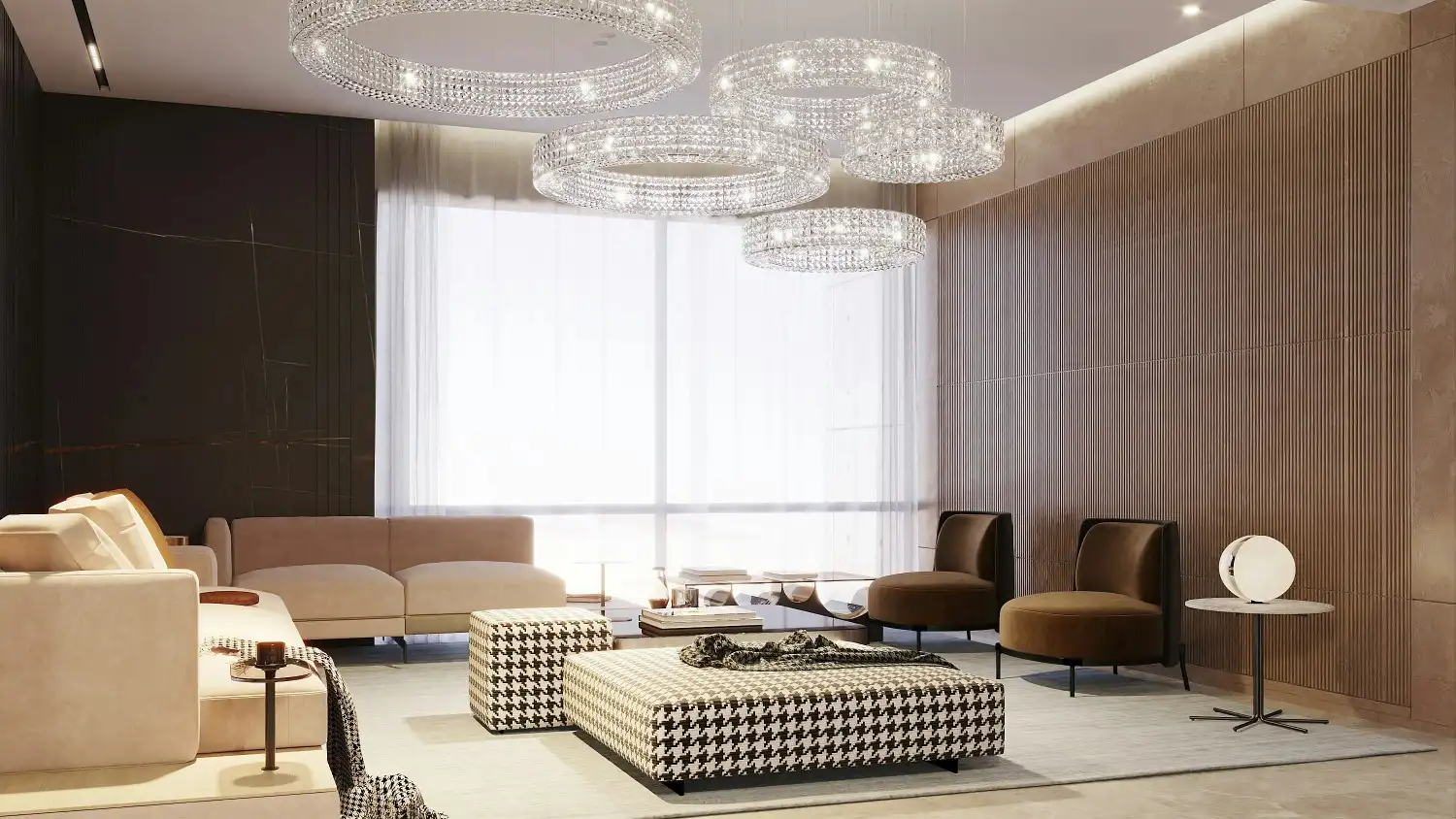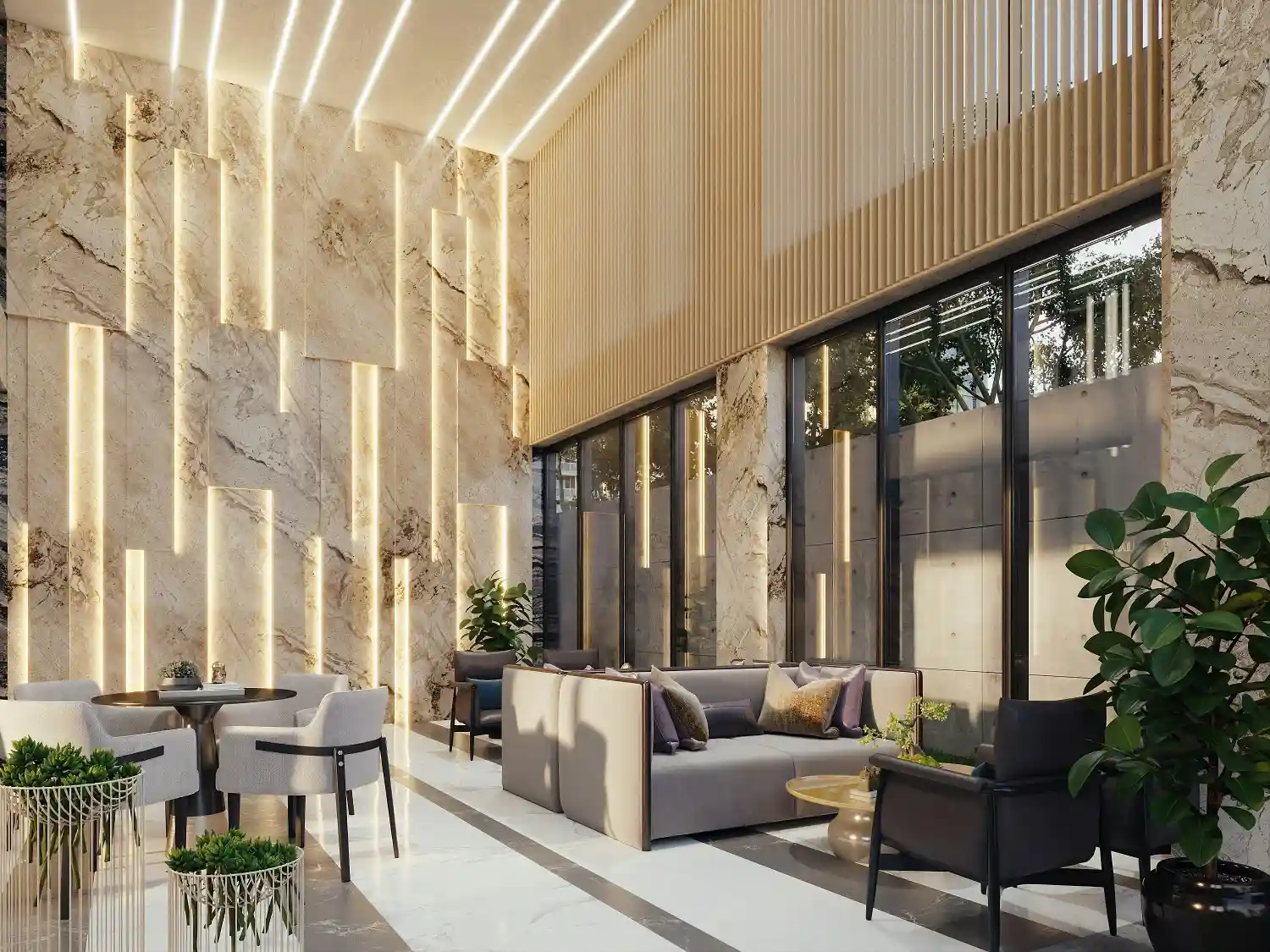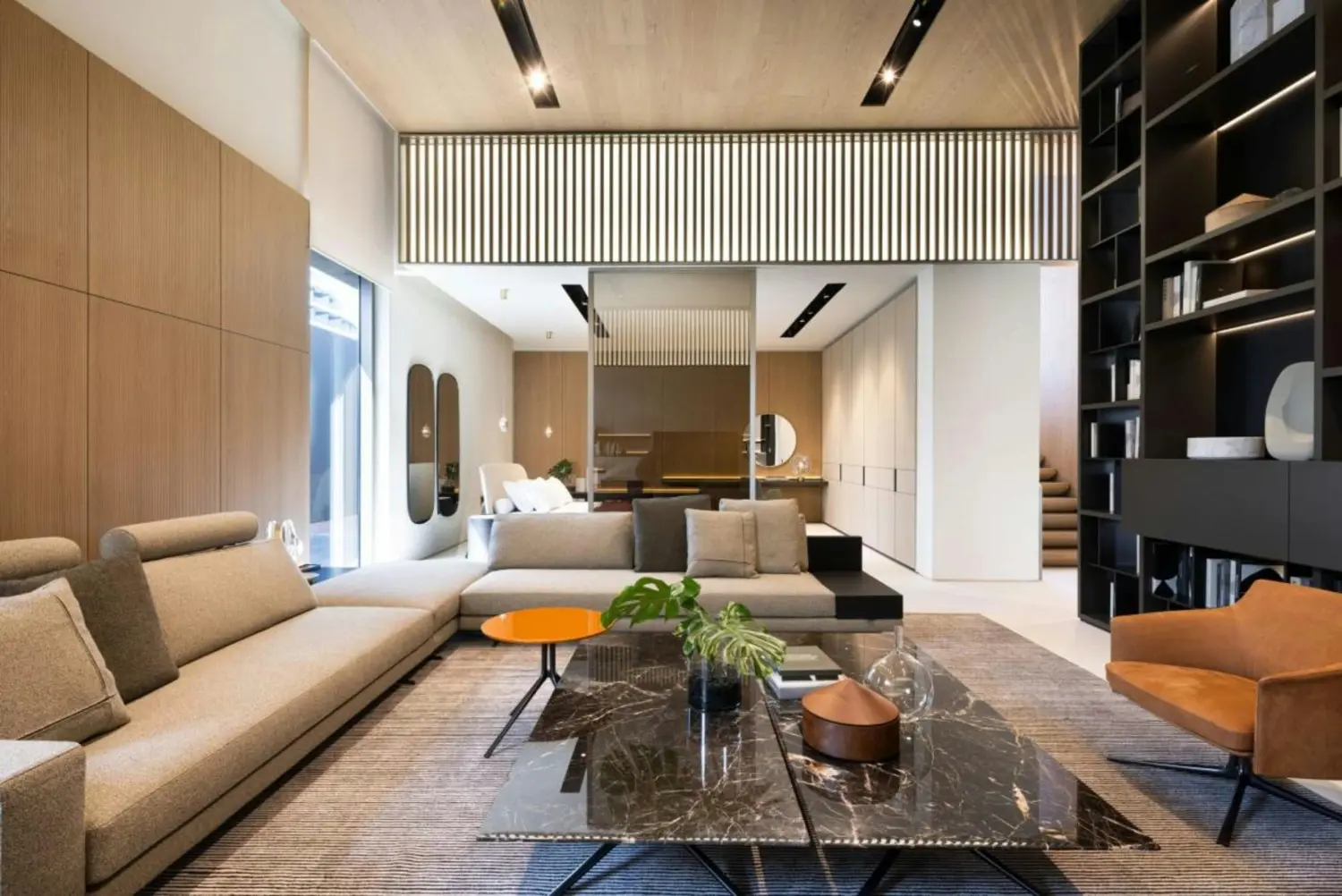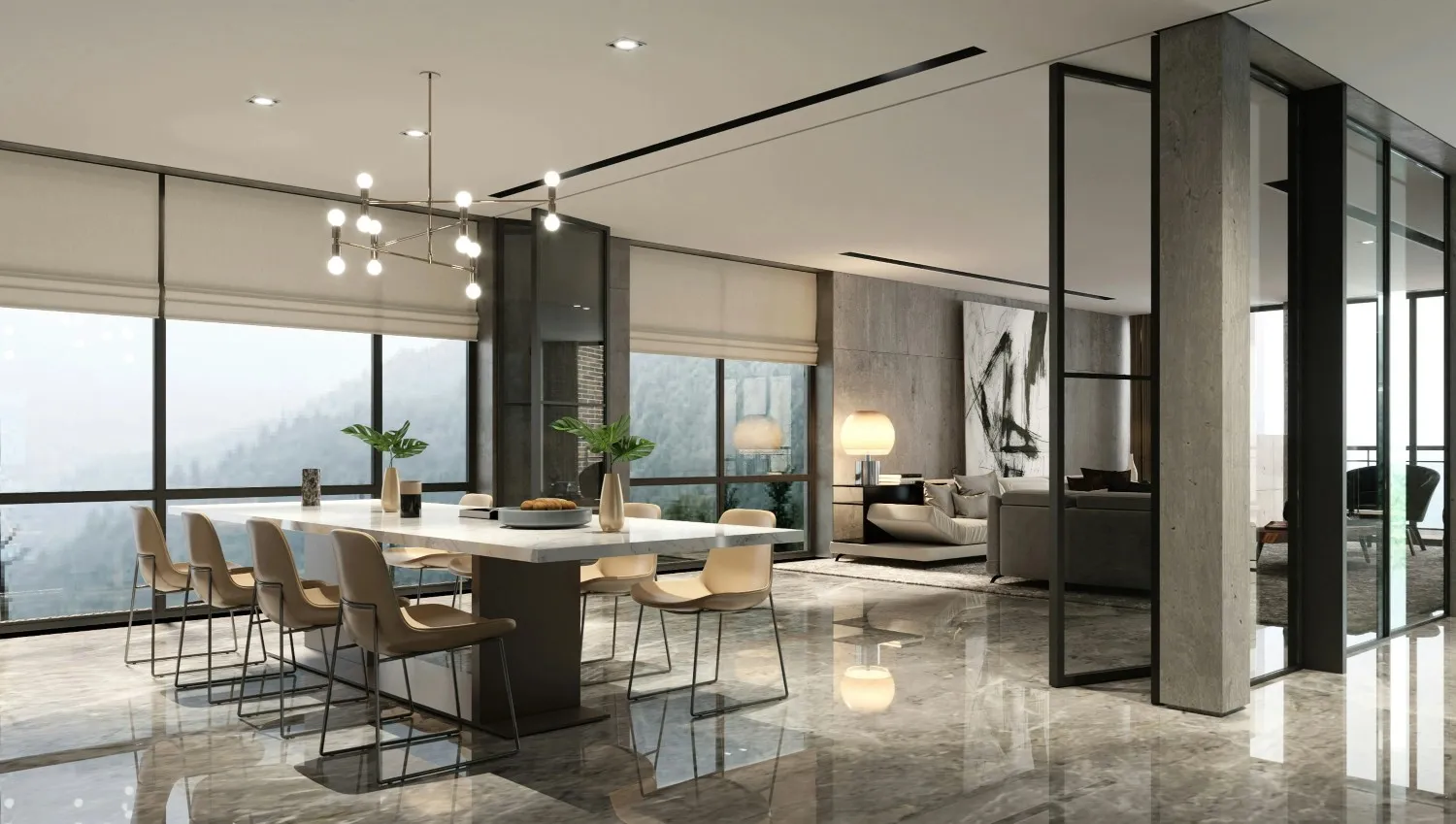Choosing among the top interior design companies can feel overwhelming. This guide from Ark & Mason gives you a clear, repeatable method to shortlist, compare proposals, and make a confident selection. You will learn how to assess sector fit, verify compliance history, and standardize proposals so decisions focus on outcomes, not marketing.
Highlights
- Sector fit first: Match project type, scale, and code pathway.
- Matrix comparisons: Normalize proposals to reveal gaps and risks.
- Risk registers: Track permits, lead times, and cost drivers.
What are Top Interior Design Companies?
Top firms operate at scale, serve multiple sectors, and deliver built work that meets safety, accessibility, and performance targets. They maintain licensed teams, coordinate consultants, and show repeat clients across regions. The goal is consistent delivery quality, predictable timelines, and measurable outcomes aligned with your program.
They should demonstrate national or multi-province coverage, documented code strategies, and a portfolio of referenceable projects. Benchmark their approach against the National Building Code of Canada, which defines the scope, safety standards, and accessibility requirements applied across jurisdictions. Then request approval metrics with authorities having jurisdiction, typical resubmittal counts, and sample deliverables. Finally, review how their QA process verifies exits, fire separations, and accessibility against the applicable code parts.
- Scale evidence: Multi-site delivery with consistent outcomes.
- Compliance record: Clear approvals history and low deficiencies.
- Portfolio match: Built work mirrors your occupancy and size.
Evaluation framework for Canada interior design firms
Use a structured framework to compare the top interior design companies on equal footing. Begin with project scope clarity, then check sector expertise, leadership involvement, and how the firm manages risk, change, and vendor dependencies across the full project lifecycle.
Align stakeholders early by validating intent visually and confirming feasibility against codes and budget. Commissioning 3D rendering services at concept stage gives teams concrete views of massing, materials, daylight, and adjacencies, so they can discuss trade-offs with cost and compliance in mind. As a result, rapid visualization reduces rework and clarifies expectations before expensive iterations begin.
Scope clarity and goals
Clear scope definition protects budget and schedule. Require a restated scope in the firm’s words, explicit deliverables, and outcomes tied to your business case. Ask for phase milestones, decision gates, and how change requests are evaluated so effort and risk remain controlled throughout the engagement.
Deliverables typically include programming, concept, design development, construction documents, permitting, tender, and construction administration. Each should connect to measurable results such as schedule adherence, cost control, and sustainability targets. Provide a one-page brief with success metrics so top interior design companies respond with comparable, testable plans.
- Defined deliverables: Map outputs to milestones and approvals.
- Outcome metrics: Tie scope to budget, schedule, sustainability.
- Change control: Set criteria for evaluating scope shifts.
Sector expertise and portfolio alignment
Sector fit reduces false starts. Shortlist firms with built work in the same occupancy types, codes, and climate conditions. Comparable square footage, systems complexity, and user density matter more than awards. Ask for lessons learned and how they will adapt those insights to your site.
Evidence should include photo documentation, drawing excerpts, and post-occupancy findings. Request local permitting examples and typical authority response times. For context on activity trends that influence timelines, Statistics Canada reports August 2025 building permits totaled $11.6 billion, down 1.2 percent month over month, which gives a current baseline for Canada-wide volume and volatility that can shape schedule expectations. Use that baseline with your municipality’s queue metrics to set realistic review windows.
- Comparable projects: Same occupancy type and complexity.
- Documented outcomes: Post-occupancy results and references.
- Local knowledge: Familiarity with regional authorities and codes.
Team structure and project management
Delivery quality depends on who does the work and how they coordinate. Require named resumes, senior hours by phase, and a plan for meetings, issue tracking, and QA checks. For benchmarking on team structure and procurement cadence, consult design company interior rankings to calibrate expectations, then confirm how vendor lead times and shop drawings fold into the schedule so procurement does not stall construction.
Expect a RACI, clash detection approach, and decision logs. Ask how risks are identified, ranked, and mitigated, and how the team escalates blockers. A transparent plan helps top interior design companies protect the critical path and keep your stakeholders aligned at each gate.
- Named roles: Principal time, leads, and specialist support.
- QA routine: Checkpoints, reviews, and issue resolution.
- Risk tracking: Register with owners and mitigation plans.
See more: Famous Interior Design Companies in Canada Known for Innovation and Style
Proposal comparison matrix for Canada interior design firms
A proposal matrix turns different formats into like-for-like comparisons. Standardize fields across scope, senior hours, inclusions, exclusions, milestones, risks, and measurable outcomes. Weight each field against your goals so scoring reflects what matters most for your project.
Use the matrix to drive interviews and reference calls, and before tendering, skim the federal procurement glossary so your notes use the same terms evaluators expect during the procurement process.
- Comparable fields: Scope, hours, risks, and milestones.
- Weighted scoring: Tie points to business priorities.
- Reference prompts: Standard questions for consistent insight.
Fee models and inclusions
Fees should match certainty, speed, and complexity. Ask firms to map hours by role and phase and to explain pricing logic. Require a list of inclusions, alternates, reimbursables, and escalation assumptions. This helps you compare total cost of service, not just headline numbers.
Common models include fixed fee, percentage of construction, hourly with a cap, or blended approaches by phase. Strong top interior design companies disclose what is included and how they control scope drift while preserving design quality.
- Clear assumptions: Spell out allowances and alternates.
- Role mapping: Hours by discipline and phase.
- Cost realism: Align fee model to delivery risk.
Schedule realism and resourcing
Schedule credibility comes from resourcing, dependencies, and float. Request a week-by-week plan with named roles, decision deadlines, and shop drawing durations. Confirm holiday coverage and backup staff. Transparent contingency protects your critical path from long-lead items.
Ask for visible float and escalation paths when dates slip. Verify vendor lead times against the market and require a plan for early submittals. The best top interior design companies integrate procurement timelines to keep site work moving.
- Critical path: From programming through occupancy.
- Capacity checks: Current load and backups confirmed.
- Vendor timing: Long-lead strategy with contingencies.
Compliance and permitting history
Compliance confidence grows when you can point to documented strategies and measurable results. Request approval rates, resubmittal counts, deficiency statistics, and accessibility outcomes on comparable projects. Ask for a concise memo that explains the code pathway for your building class and occupancy, including any alternative solutions accepted by the authority having jurisdiction.
Confirm definition sources and contract frameworks you may encounter during tender and construction. In Canada, align your procurement language with the CCDC 2, 5A, and 14 contract forms directory, which centralizes current standard documents and definitions so you can verify clause numbering early and reduce change-order risk later
- Approval metrics: Evidence of timely authority responses.
- Code pathway: Clear strategy for exits and separations.
- Accessibility outcomes: Results aligned with user needs.
Why Ark & Mason stands out among top interior design companies
Ark & Mason applies a weighted comparison matrix, early code pathway checks, and rapid 3D validation to reduce redesign risk and speed consensus. Clients see options sooner, compare tradeoffs clearly, and choose with evidence. This places us among the top interior design companies focused on structured, transparent delivery.
We document permit-ready details, coordinate consultants proactively, and maintain a live risk register. Compared with other top interior design companies, our commercial interior design process commits principal time at critical gates, publishes float and contingency logic, and keeps fee assumptions transparent so budgets and schedules stay predictable.
- Early validation: Visuals and code checks align teams fast.
- Transparent planning: Clear float and contingency logic.
- Measured outcomes: Evidence of schedule and cost control.
See more: Top 10 Big Interior Design Companies in Canada for Commercial Projects
FAQs: Top Interior Design Companies
1. What are the criteria to rank top interior design companies in Canada?
Strong firms combine sector depth, licensed teams, national reach, and built outcomes. Look for clear QA processes, code compliance results, and repeat clients. Evaluate scope clarity, senior time commitments, and the ability to manage change without budget or timeline drift.
Create a quick checklist. Confirm portfolio equivalence to your occupancy, ask for approval metrics with authorities, and request sample deliverables. Review staffing plans by role and phase. Leading top interior design companies quantify results and provide references who can speak to risk management.
2. How do I compare proposals from top interior design companies fairly?
Use a weighted matrix to normalize scope, senior hours, inclusions, exclusions, risks, and milestones. Apply identical criteria across submissions and tie weights to your goals. This shifts focus from presentation style to execution capability and measurable outcomes.
Take three steps: restate your scope in a one-page brief, require a completed matrix template from each firm, and conduct reference calls with standard questions. This levels the field for top interior design companies and reveals real differences.
3. Which contract type works best with top interior design companies?
Fixed fee suits well-defined scopes, percentage of construction aligns with variable effort, and hourly with cap fits evolving needs. Choose a model that matches your design certainty, timeline pressure, and change risk. Clarify reimbursables and escalation assumptions early.
Example: a fast-track workplace refresh with stable requirements fits a fixed fee. A complex hospitality program may need hourly with a cap during discovery, then fixed fee for later phases. Many top interior design companies propose blended models across phases.
4. How long do top interior design companies take from concept to permit?
For typical tenant improvements, concept to permit often ranges from eight to sixteen weeks, depending on complexity and authority response times. Ground-up or change-of-use projects require longer. Early code reviews and clear decision cadence shorten timelines.
To accelerate, finalize programming quickly, pre-coordinate with authorities, and lock long-lead selections. Ask top interior design companies for a critical path with float and a plan for shop drawings. Internal approvals can be the biggest bottleneck, so schedule them early.
5. Do top interior design companies handle procurement and tendering?
Most firms specify finishes and FF&E, prepare tender packages, and support bidding. Some manage purchase orders and logistics through partners. Clarify responsibilities, submittals, and closeout documentation before contract to avoid gaps during construction.
Verify scope with two checks: request a procurement flowchart and sample tender addenda. Confirm who issues alternates, evaluates bids, and reviews shop drawings. Leading top interior design companies provide clear handoffs to contractors and vendors.
Conclusion
Choosing among the top interior design companies is easier with a structured matrix, proof of sector fit, and visible compliance history. Ark & Mason helps you shortlist, visualize options, and de-risk delivery from concept to closeout. For next steps or a tailored shortlist, contact us.

